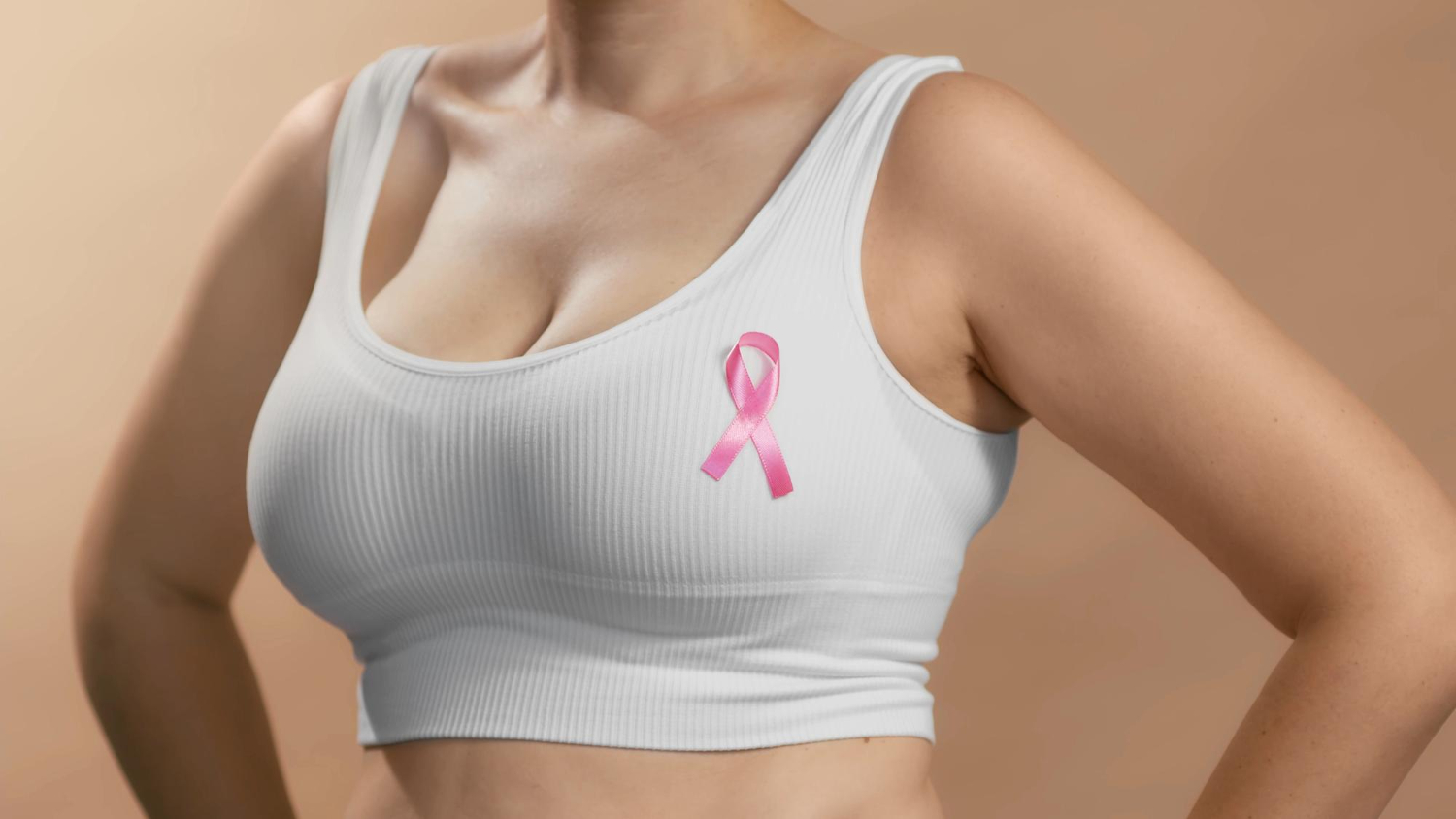In 2024, the American Cancer Society published a report that highlighted the rise in cancer cases among young people. The report found that young people were the only age group in which cancer cases increased between 1995 and 2020. Understandably, this has left many wondering, “When should I get my first mammogram?” Should I get one before the recommended age of 40?
Content When should you have your first mammogram? What are the risk factors and who is at risk for breast cancer? Conclusion
The truth is, it depends on your circumstances. Breast cancer screening recommendations have changed over the years, so you may be confused. WomanEL suggests getting expert advice.
When should you have your first mammogram?
“The American Cancer Society recommends that women start getting mammograms at age 40 and discuss this with their doctors,” says Dr. Arif Kamal. Dr. Kamal himself recommends getting mammograms at age 40 and every year after that.
The USPSTF Preventive Services Task Force has slightly different recommendations, most recently updated in April 2024. They recommend getting mammograms every two years, starting at age 40 and continuing until age 74. In any case, starting at age 40 is a general recommendation.
“Reducing the age for initial screening to 40 is extremely important. After all, about 60,000 cases of breast cancer are diagnosed in women under 50 each year,” said Dr. Stacey Smith-Foley.
What about the rising incidence of cancer in younger people? Dr. Kamal hears this question a lot, but he doesn't think it's necessary to start screening before age 40 unless you have certain risk factors (more on that later). “Right now, we don't see evidence that mammography at age 30 is of much benefit to the population.”
But there are caveats, Kamal said: “It's important to understand that the recommendations are intended to reflect a large population of people. But they are not necessarily used to make individual decisions, especially if people have other risk factors that are of great importance.”
What are the risk factors and who is at risk for breast cancer?
 What increases the risk of breast cancer, Source: freepik.com
What increases the risk of breast cancer, Source: freepik.com
“The recommendations are for people at average risk,” says Dr. Kamal. The average lifetime risk of developing breast cancer for women is about 12 to 13 percent, or one in eight women.
“But if a woman is at higher than average risk, there are many factors to consider, including the age at which she should start getting mammograms and even the type of test used to detect cancer, including ultrasound and MRI,” he continues.
So what affects your risk? Here are a few things to consider:
- Family history. Does a woman have a family history of breast cancer, particularly a first-degree relative with breast cancer (such as a mother, older sister, father, or older brother)? You should start getting mammograms at least 10 years before the age at which your family member was diagnosed.
- Radiation exposure: For example, if you had frequent CT scans because you had a heart or lung condition as a child, tell your doctor, who may want to start mammograms earlier.
- Age at menarche. Earlier menarche may also indicate an increased risk. This is thought to be partly due to higher levels of estrogen exposure throughout life.
- Pregnancy: Having children may protect against the risk of developing breast cancer. Women who have never been pregnant, given birth, or breastfed also have a slightly higher risk overall.
- Cancer syndromes. This is the term Dr. Kamal uses to refer to a family history of other cancers, which he considers to be risk factors for developing breast cancer.
- Race/ethnicity: White women tend to have a higher incidence of breast cancer, but black women are more likely to die from breast cancer than women of any other race or ethnic group and suffer from more aggressive forms of the cancer.
Conclusion
Although there is no cure for breast cancer, mammograms remain the best tool for early detection and prevention. But age isn’t the only factor that determines whether you should get a mammogram. Risk factors play the biggest role. And it’s never too early to start talking about it.
For women at increased risk, especially due to family history or other factors, your doctor may consider having mammograms not only earlier but also more frequently. For example, twice a year instead of once a year.
Want to check your breasts yourself? Here are some tips on how to do it correctly at home.

